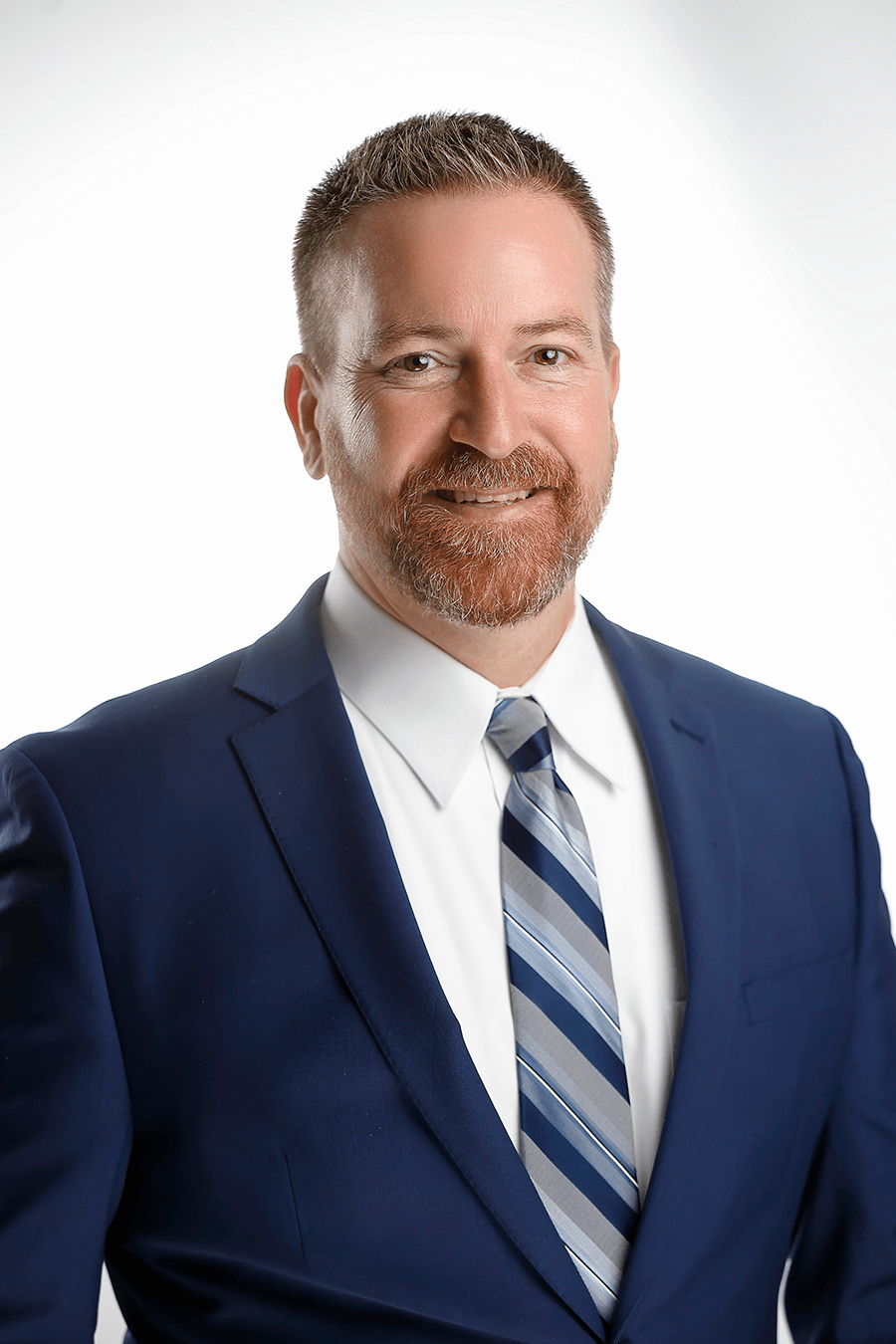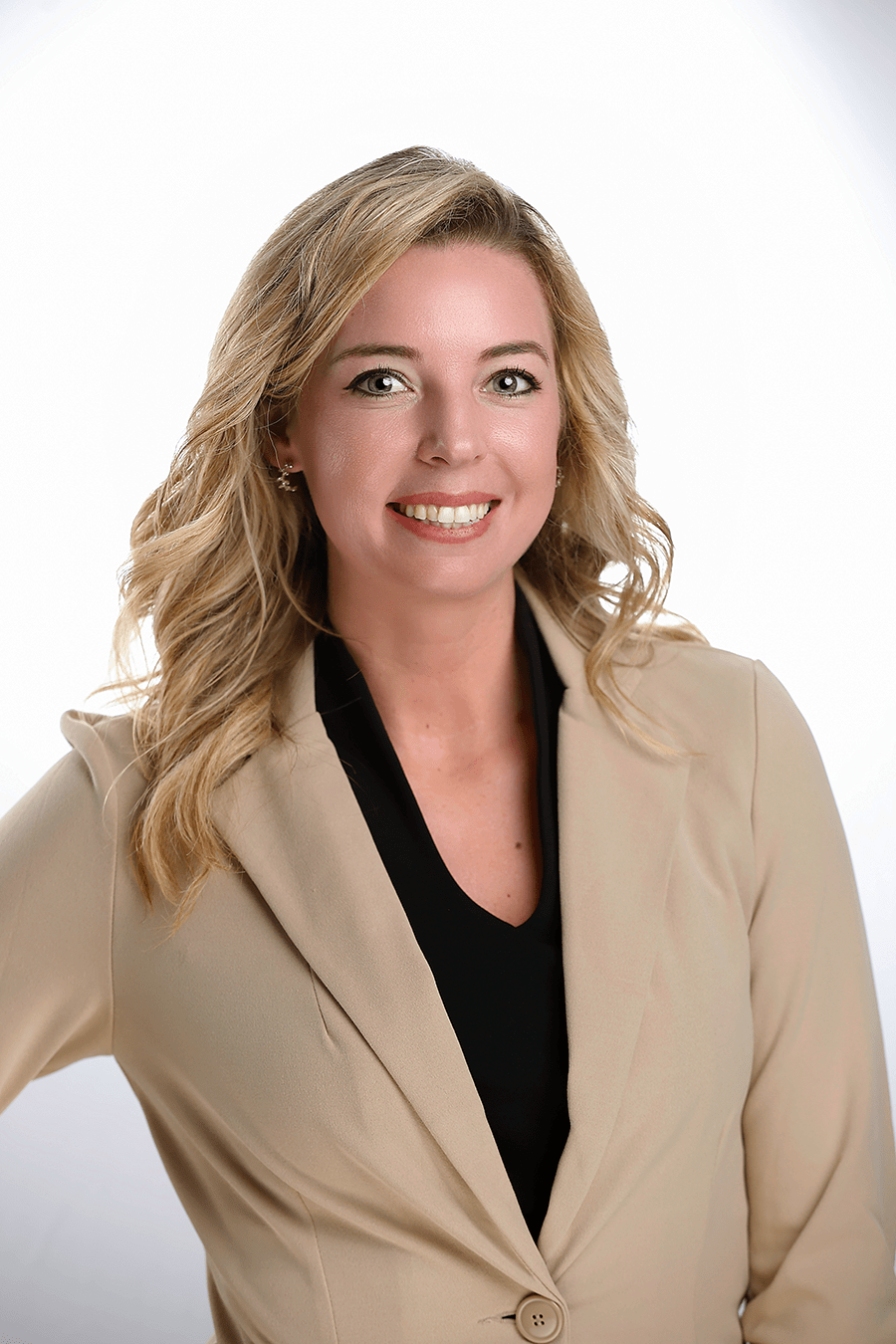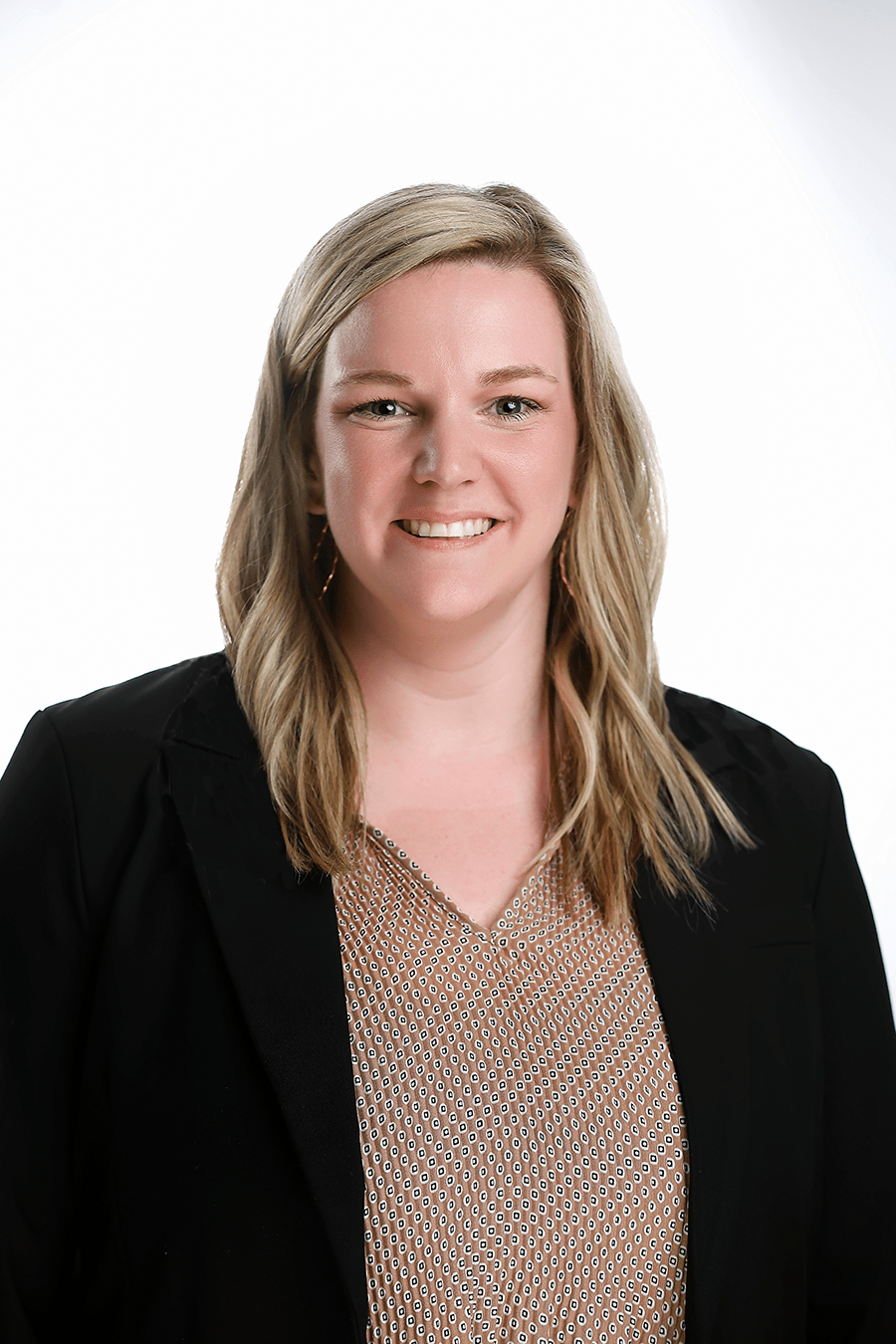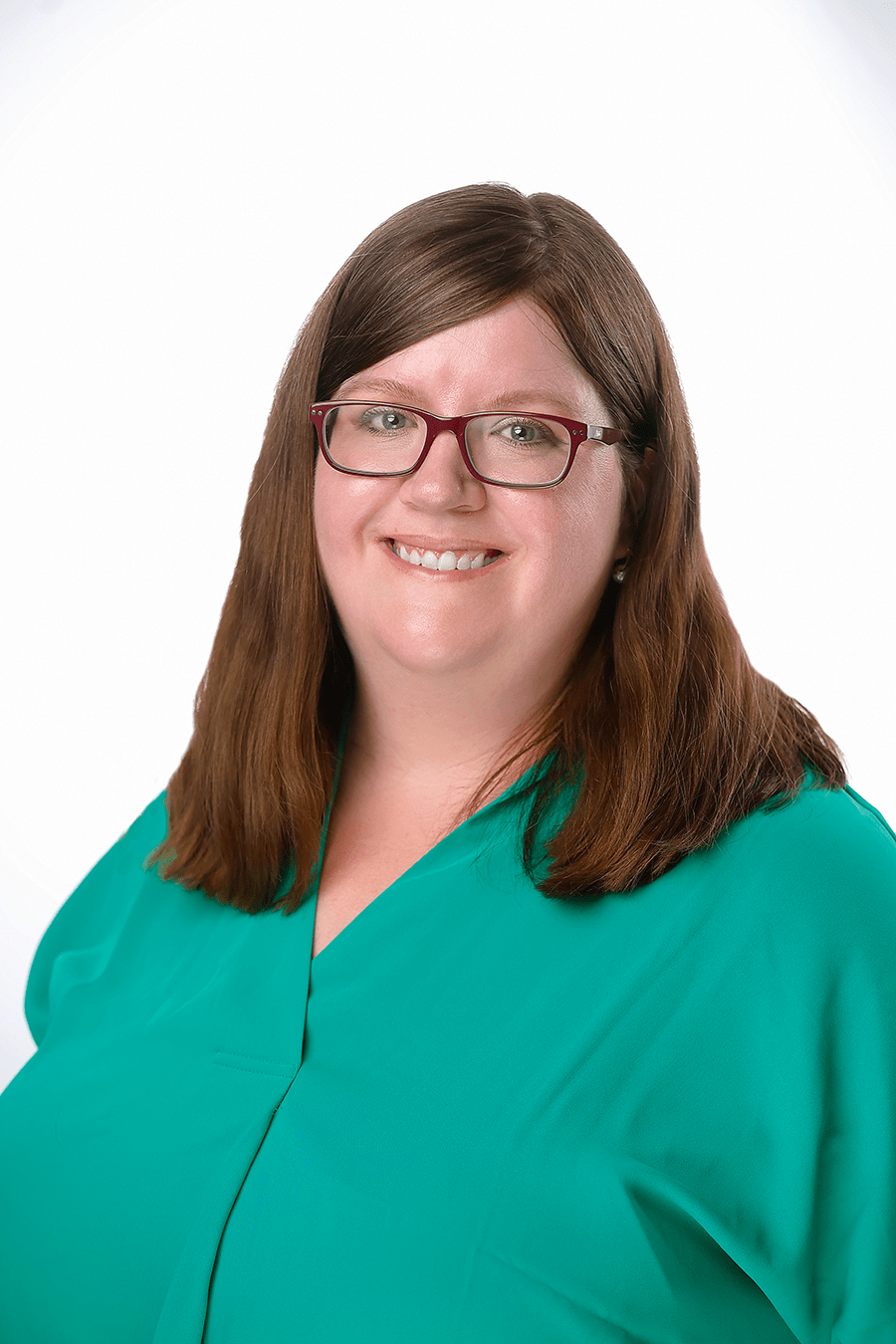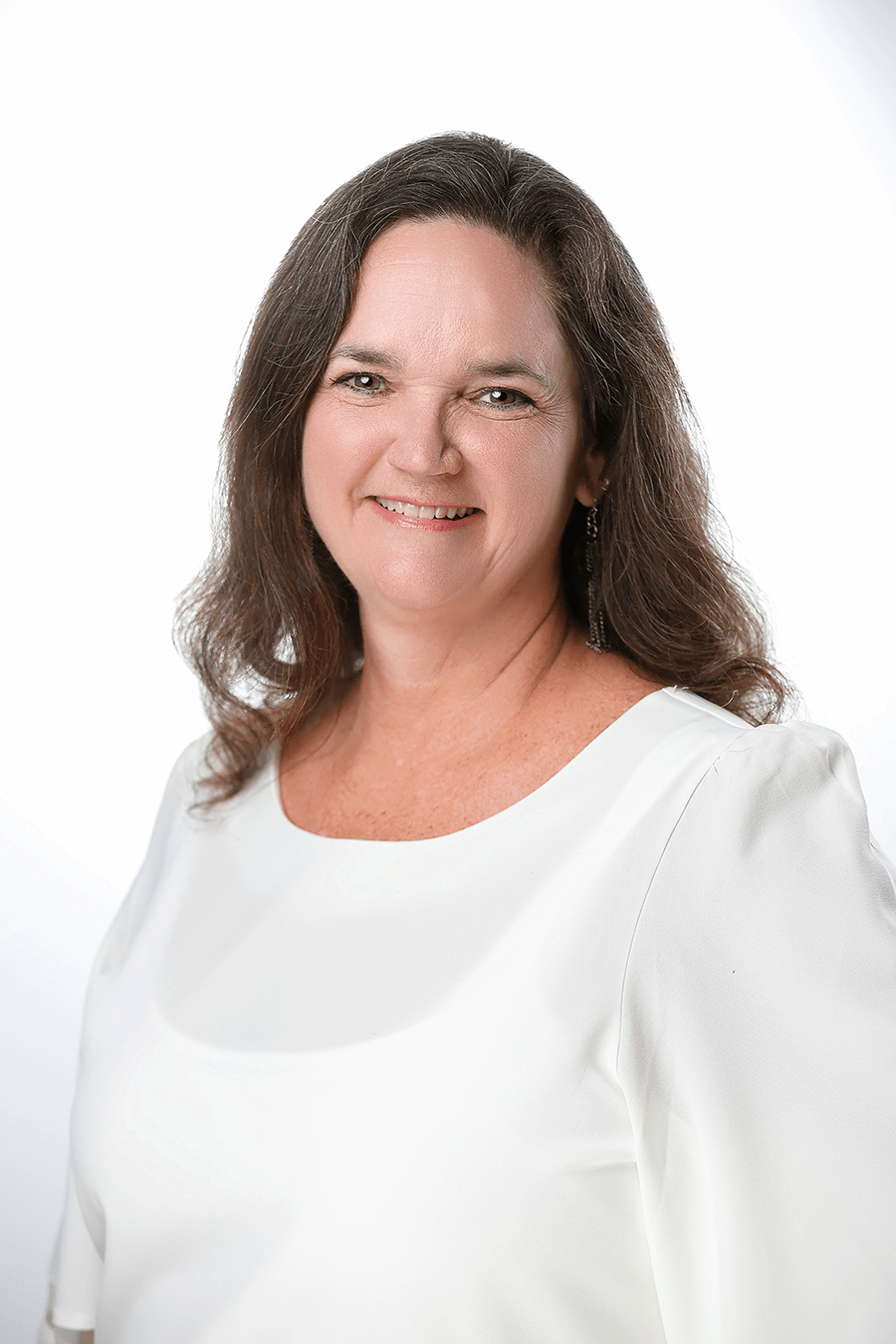
When Aurora and Michael met 10 years ago, it didn’t take long for the conversation to include plans for a potential future family. In fact, they had only known each other for about four hours when Aurora said, “You know, I’ve always seen myself adopting…but older kids. I don’t mind having bio children, but I’ve always had a heart for older kids, older teenagers.”
Aurora had been a motivational speaker for students. She was one of the female youth directors at the church she attended while in seminary. Even as a teenager, she worked with teenagers in a leadership role in high school. So wanting to adopt teens was just a progression of where her heart was.
The fact that Michael didn’t flinch at the idea of adopting teenagers, and instead indicated that he would “love that,” pretty much sealed the deal, and they were married in November 2009.
Around that same time, two sisters and their younger brother were placed into their first foster home. The three Hispanic siblings, ages 7-10, would be placed in five more foster homes over the next eight years and wind up living in a group facility before becoming available for adoption. But God had a plan for Brenda, Gracie, and Gerson, which started with the siblings never being separated during their entire ordeal in the foster care system. A miracle in itself.
As Aurora and Michael began their life together, they weren’t in a hurry to have their own children or adopt. They agreed to wait until they felt like it was the right time to add to their family. About six years later, the time to adopt seemed to arrive.
Aurora and Michael are both half Hispanic and have family and friends in Mexico. One of those friends, who was finishing college in the US, was in town. When Aurora answered the knock on the door, her friend was visibly upset and crying. She said her sister was pregnant, and they were desperately searching for a home for the baby when it arrived. Aurora was asked if she would take the baby.
Aurora immediately thought, “Wait, we wanted teenagers, what happened?” Aurora told her friend she would talk to Michael about it, but they had lots of friends who would love to have a baby.
When she told Michael, his response was somewhat in jest, “Someone offered you a baby and you didn’t take it!” Aurora wasn’t against adopting a baby, she had just prepared herself for teenagers. So, she called her friend to accept the baby into their family.
They immediately began preparing. Aurora left the photography business, they cleared their calendars for the next six months, Michael took maternity leave at work, and they were getting all the baby things ready. Then their world came crashing down. With six days left during the period when the birth mother could change her mind…she did.
Devastated, Aurora said, “The baby was gone. We were just standing in the house and thinking, what do we do now?”
The Bradfords got on with their lives. But at that point, they were not going to consider adoption again.
After about a year, out of the blue, Michael asked Aurora if she would like to attend a CPS meeting about adoption. She nonchalantly said, sure. Aurora had a girlfriend who was a foster mom that was looking for more respite providers, so she thought, “we’ll just do respite now and get our feet wet.” But then she heard about the need for more foster families at the meeting.
“I remember sitting at that table, and we were told there was like 13,000 kids in foster care and Texas was in the middle of a crisis,” said Aurora. “At that time, there was a newspaper article about children sleeping on floors in the CPS offices, and how there was a desperate need for homes for these kids.”
Suddenly, adoption was back on the table!
At the meeting, they were presented with a list of potential agencies and the Bradfords emailed Arrow and two other agencies. With Aurora’s driven nature to get things done, she decided whichever agency had the next available class to attend, that’s who they would go with. As the greater plan continued to unfold, Arrow’s staff emailed Aurora with info on a class that was being held the very next day. Of the two other agencies, one never contacted the Bradfords and the other one responded long after the Bradfords already had children in their home.
After being licensed, the Bradfords submitted their interest on several different sibling groups. Then they received information on a sibling group of three: Brenda, Gracie and Gerson. Aurora hesitated because the youngest was 12. “Oh, I don’t know,” Aurora said. “They’ll probably find somebody to adopt them. I really want older kids that are harder to place.”
The Bradfords actually passed on the opportunity to submit their interest in adopting the trio. Later, Aurora had a change of heart, but the deadline had already passed. Arrow staff told Aurora, “Oh it doesn’t hurt. We can go ahead and submit. The worst they can say is ‘no.’”
As the plan progressed, the Bradfords were chosen by the adoption selection committee. “In our minds, they were already our kids,” Michael proclaimed. Aurora added, “We just had to wait on the paperwork from CPS so we could read their history and sign the papers saying we would take them with their background.”
During the four months the Bradfords waited for the CPS paperwork, they passed on two other sibling groups. The “sales pitch” on one of the groups was, even though there are five children, they’re all younger and would be easier than adopting three teens.
“That’s not why I’m here,” Arora declared. “They thought we couldn’t have our own bio kids. We were very capable of having our own, but I wanted to be the solution to a problem instead of hoping someone else would do it.”
The Bradfords were more determined than ever to “fight” for Brenda, Gracie, and Gerson. So when the 4,086 pages of background information on the kids finally arrived, Aurora and Michael split the stack of paper and pulled an “all-nighter” reading every single page.
“I was looking for examples of sneaking out, or drinking, and things like that,” Aurora said. “I was so perplexed. Everything in the report was just regular teen stuff that all kids do. There was nothing bad in the report. So we signed on the dotted line.”
The kids were living in a shelter in the Houston area, and the Bradfords lived in Dallas. After meeting the kids, Brenda, the oldest, let the Bradfords know she didn’t want to leave in the middle of the school semester, so it was decided the kids would stay in the shelter until the end of school.
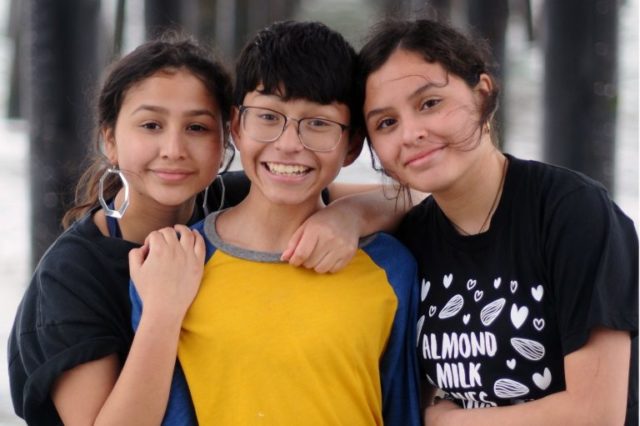
Before the kids came for their first visit, Aurora went to great lengths to prepare their bedrooms so it would feel like “home” to them. She painted the walls, hung an old, fun chandelier in the girls’ room and embroidered the girls’ names on their pillowcases. “I wanted their room to have the feel of a five-star hotel…glamorous and beautiful,” said Aurora. “For Gerson’s room, I put a big “G” on the wall and since he as a big reader, we gave him three bookshelves in his room, each eight feet long.”
On their first trip to Dallas, the girls gasped when they saw their room and their names embroidered on the pillows. When Aurora saw Gerson struggling with his big, heavy bag and a backpack, she pointed out that his sisters were sharing one backpack and she asked him what he was bringing for the weekend. Gerson told her, “They’re my books. I’m moving in.”
“Michael and would I drive down to Houston every other weekend and bring the kids back to Dallas,” Aurora explained. “We’d leave after work on Friday, and have the kids to our home around midnight. We’d have a great time together on Saturday, then leave about 4:00 Sunday afternoon, drop them off and be home by 1:00 in the morning.”
The Bradfords made the round trip to Houston twice a month from January until May. Many times, they would make multiple trips in a week to attend all of the kids’ events, like the other parents did. Then school finally ended and Aurora, Michael, and the kids made their last trip from the shelter to Dallas.
Brenda, Gracie, and Gerson officially became Bradfords on the November 3, 2017, National Adoption Day. Since then all three kids have just blossomed.
Brenda, now 18 years old, will be attending Texas State University. She’s not sure what she wants to study, but she’s considering social work as her major.
Gracie (16) and Gerson (15) are taking dual college credit classes from the local community college while being homeschooled. When they both graduate in December 2019, they’ll each start college with 27 hours of college credit.
Gerson was invited to take a private tour of the College of Engineering at the University of North Texas. As the Department Head and one of the professors were giving Gerson and Aurora the tour, they sat in on a class where Gerson raised a question that demonstrated his grasp of the topic. Later Aurora asked Gerson if he understood what they were talking about, and he replied, “I understood what they were doing, but I just didn’t understand how they got to that point.” Gerson has his eye on computer science.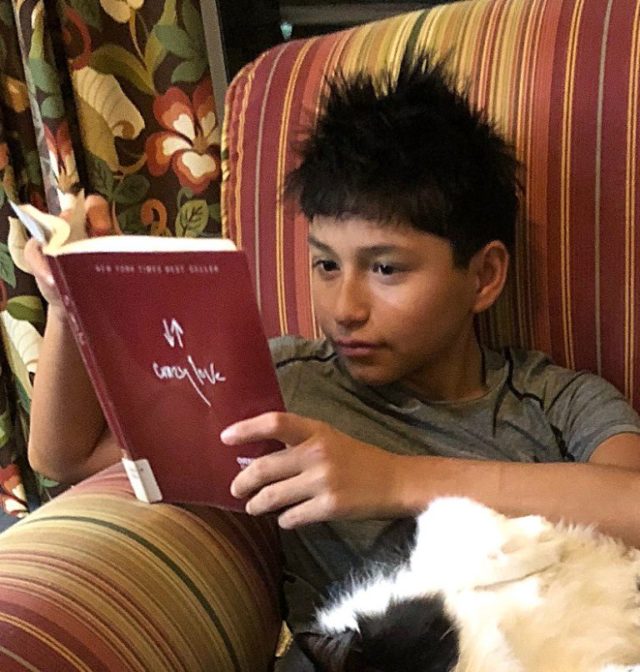
Gracie has shown the greatest transformation of the three kids. As the one who rarely spoke up and complied with others, she stunned Aurora and Michael when she came bounding down the stairs to tell her them she needed to buy a dress because she had been accepted for an interview to enter the Miss Teen Texas, which is part of the National American Miss organization. Gracie had taken the initiative to apply online, and was about to embark on an incredible journey.
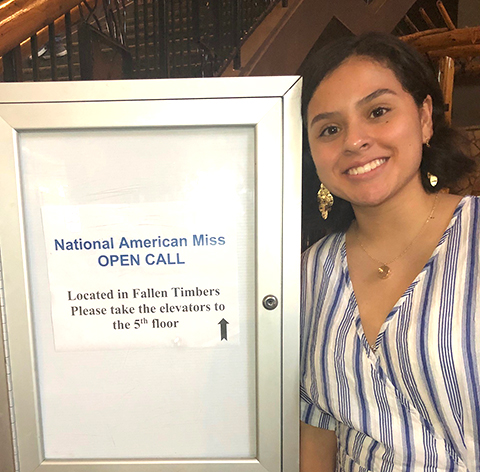 The day of the pageant, Aurora shares the scope of Gracie’s transformation, “When we met this girl she said a handful of words a day. Last year, she was almost in tears at the idea of speaking to a crowd of people. Today she is not only giving speeches to large audiences, she is presenting herself to people as a role model for other girls. Winning the crown would be exciting, but what all the people in that room tonight don’t know is, this little girl had all the odds against her just a couple years ago. She told me once that she stopped dreaming about her future because she knew it would never happen. Now, all she talks about is what she wants to do and what part of the world she wants to see next. She represents 68 of the bravest girls in Texas. Little Gracie has become a completely different girl. She is Gracie Bradford and she is our winner!”
The day of the pageant, Aurora shares the scope of Gracie’s transformation, “When we met this girl she said a handful of words a day. Last year, she was almost in tears at the idea of speaking to a crowd of people. Today she is not only giving speeches to large audiences, she is presenting herself to people as a role model for other girls. Winning the crown would be exciting, but what all the people in that room tonight don’t know is, this little girl had all the odds against her just a couple years ago. She told me once that she stopped dreaming about her future because she knew it would never happen. Now, all she talks about is what she wants to do and what part of the world she wants to see next. She represents 68 of the bravest girls in Texas. Little Gracie has become a completely different girl. She is Gracie Bradford and she is our winner!”

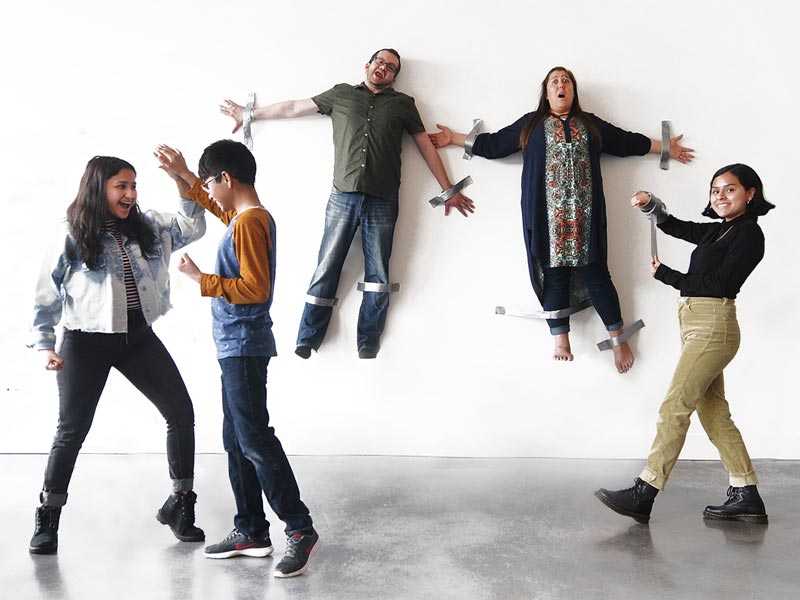
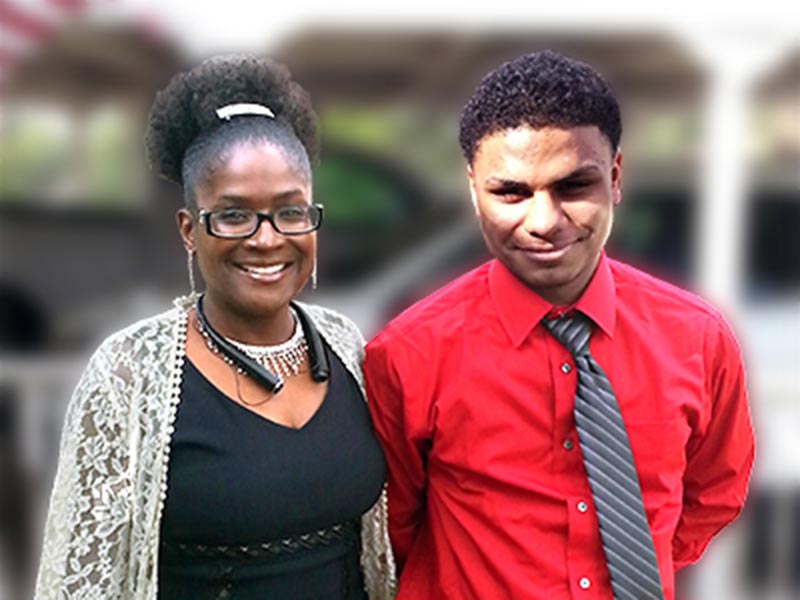
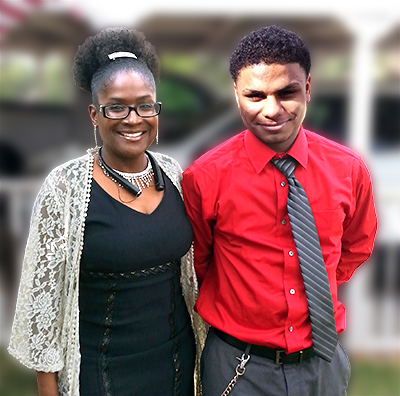 Matthew was one of her greatest challenges, which became one of her greatest blessings.
Matthew was one of her greatest challenges, which became one of her greatest blessings.
 One of the other summer classes Matthew took was a fencing class. Currently, Matthew is a member of the USSA Fencing Association and has competed in three tournaments through Amarillo College. He came in first place in one tournament and place third in another. Anita said she just told him to find what he liked to do, and as she said, “apparently fencing was it.”
One of the other summer classes Matthew took was a fencing class. Currently, Matthew is a member of the USSA Fencing Association and has competed in three tournaments through Amarillo College. He came in first place in one tournament and place third in another. Anita said she just told him to find what he liked to do, and as she said, “apparently fencing was it.” but she lets them work the process themselves. And if her “babies” as she calls them ask her to help with something like getting a job, Anita walks them through the process the first time, even to the point of being with them during a job interview if they ask her.
but she lets them work the process themselves. And if her “babies” as she calls them ask her to help with something like getting a job, Anita walks them through the process the first time, even to the point of being with them during a job interview if they ask her. With few homes available for foster children over 12 years old, especially older foster teens, the future holds little promise of the type of future most 18 year-olds look forward to according to the results of the 2011 Midwest Study from Chapin Hall at the University of Chicago.
With few homes available for foster children over 12 years old, especially older foster teens, the future holds little promise of the type of future most 18 year-olds look forward to according to the results of the 2011 Midwest Study from Chapin Hall at the University of Chicago.









